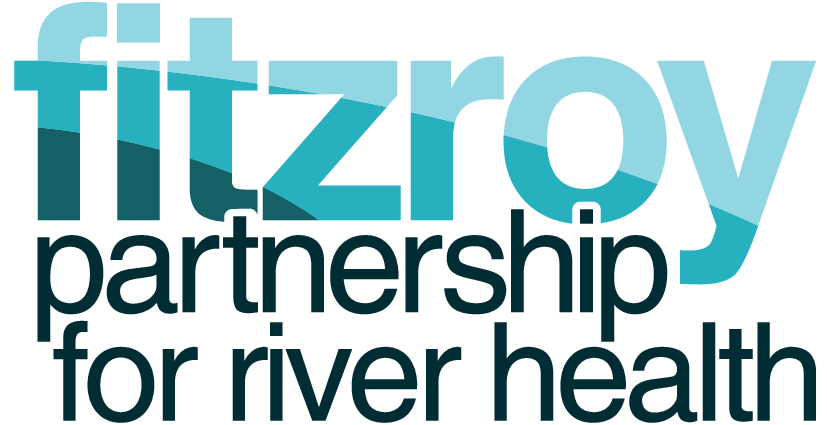Additional Information
- Rainfall
- Ground Cover
- Groundwater
- Eco Calculation
- Fish
- Fish Barriers
- Floods
- Land Use
- Marine Condition
- Pesticides
- Reef Check
Land Use
Land Use
Current land use across the basin is 11% for conservation and natural environments; 80% for production from relatively natural environments; 4% for production from dryland agriculture and plantations; 1% for production from irrigated agriculture and plantations; 1.5% for intensive uses; and 2.5% is covered by water (Queensland Land Use Mapping Program, (2017)).
Rockhampton has a population of over 80 000 and is the Fitzroy Basin's largest urban centre, situated near the mouth of the river. A further 155 000 people populate the Basin, residing in smaller rural and mining towns and on agricultural properties.
The more intensive a land use - the greater potential for contaminants in runoff. At 156,000 square kilometres, Fitzroy is the largest region draining into the Great Barrier Reef. The region experiences highly variable rainfall, high evaporation rates and prolonged dry periods that are often followed by floods. The region includes important areas of remnant and threatened vegetation communities (e.g., Brigalow and native grasslands). The Fitzroy region is large and has high river flow variability with occasional cyclones and prolonged dry periods. The variable rainfall delivers sediments, nutrients, and pesticides to the inshore and sometimes offshore portions of the Reef in pulsed flows, which can be affected by reservoirs and dams. Grazing is the dominant land use, with dryland cropping, upland cotton and some mining. (Fitzroy|Reef 2050 Water Quality Improvement Plan).
Grazing for beef cattle production is the dominant land use by area and occurs in all areas of the basin. Dryland cropping is predominantly in the west of the catchment on the basalt derived Open Downs with Bluegrass land type. The main irrigation areas are the Emerald Irrigation Area and Theodore Irrigation Area, other more scattered areas of irrigation occur along all the major river streams in association with weirs and water harvesting. Mining currently covers a relatively small area (0.79%) however it has been rapidly expanding in recent years and has the potential for very large impacts on water quality due to mine water discharge, water harvesting, stream diversions and unstable landforms from mining spoil and slumping.
The Fitzroy Basin's rich natural resources provided for a healthy Aboriginal society for up to 60 000 years. Ludwig Leichardt explored the region in 1844 and pastoral settlement quickly followed. Over the next 10 years pastoral properties were established along the Dawson River, from present day Taroom to Moura. The Archer brothers followed Leichardt's advice and traced the Dawson along to its junction with the Fitzroy and down onto the coastal plain where they established Gracemere station in 1855. This is now the location of the city of Rockhampton. Other settlers followed and a series of large stations covered the basin, providing the pastoral basis of the present regional social and economic setting. From these humble beginnings land use and its resultant impact on water quality has intensified. Localised clearing was carried out during the first 100 years of settlement to make way for sheep and cattle grazing, cultivation, and mining activities. Rates of land clearing increased dramatically under the Brigalow Development Scheme from the 1960s to 1980s, which resulted in some of the fastest rates of clearing recorded in the world.
Source: Fitzroy Basin Water Quality Improvement Report 2009 (PDF, 160MB)
Data Source: Queensland Land Use Mapping Program, (2017)
Other Sources: Fitzroy Water Quality Improvement Plan
© The State of Queensland (Department of Natural Resources and Mines) 2013

